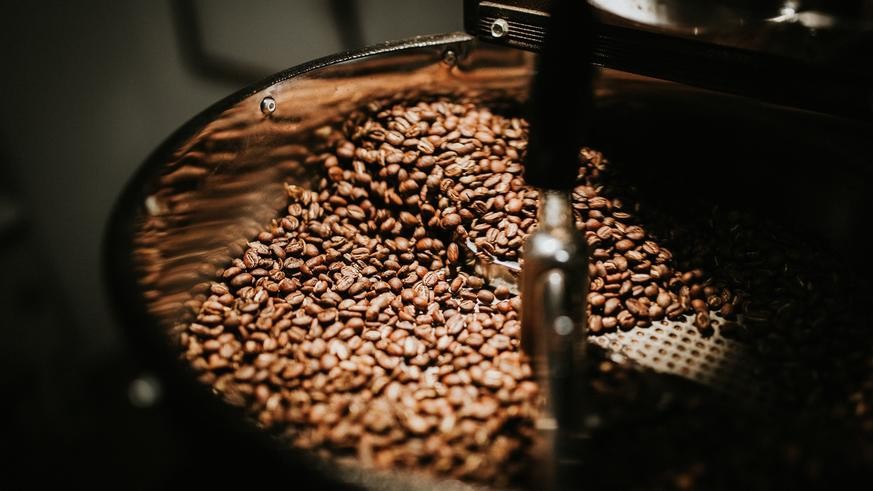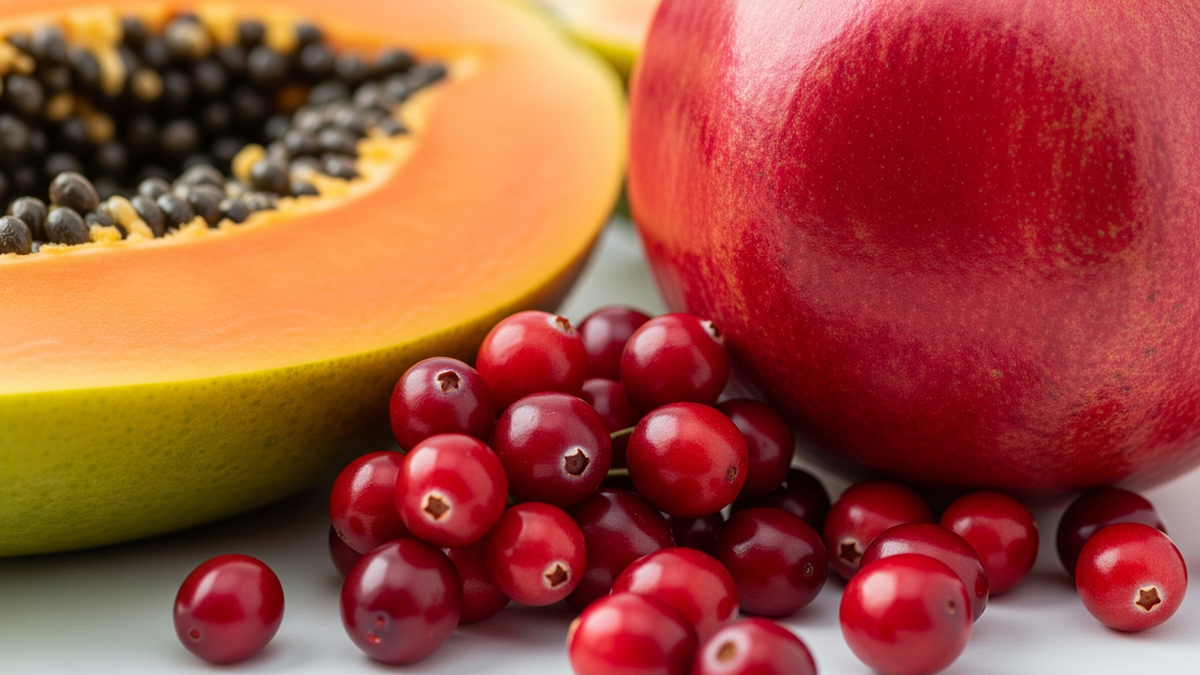Analysts predict that Vietnam's coffee output in the 2024-2025 crop could decrease by 10-15% compared to the 2023-2024 crop. Vietnam is the world's largest coffee exporter with nearly 1.4 million tons, accounting for 49.8% of the total global export volume, according to the ICO.
Coffee price today 11/21/2024
World coffee prices unexpectedly jumped by three digits after two consecutive declines. Prices increased sharply on both London and New York exchanges despite the high USD. The price increase was also due to increased buying by hedge funds after previous days of short selling.
Domestic coffee prices today are trading in the range of 114,500 - 115,100 VND/kg. At this time, farmers are starting to harvest the 2023-2024 coffee crop, while the price of fresh coffee is at a high level. Farmers are very excited when the price of green coffee fluctuates around 110,000 VND/kg, double that of the same period in 2023.
However, the decrease in Vietnam's export figures for the first half of November 2024 is helping to increase export coffee prices, as Vietnamese goods begin to be sold in large quantities while the new robusta harvests of Indonesia, Brazil and Uganda will have to wait until the second half of 2025. In the first 15 days of November, Vietnam's coffee exports reached only 20,933 tons, down 44.8% compared to the same period last year.
Meanwhile, storms and rains threaten coffee harvest areas, raising concerns about supply disruptions. Concerns that the delayed harvest will impact exports and even reduce output due to the lack of bean quality. Previously, due to the impact of the prolonged heat wave at the beginning of the year, analysts predicted that Vietnam's coffee output in the 2024-2025 crop could decrease by 10-15% compared to the 2023-2024 crop.
In addition, the market remains concerned about the impact of erratic weather conditions in Brazil on next year’s crop. The weather is a drag on next year’s crop in the world’s top producer. Traders note that despite recent rains, soil moisture remains low, leading to limited fruit development and excessive leaf growth. Brazil’s output appears to have been somewhat dented by the drought earlier this year, with recent forecasts pointing to lower Arabica yields.
 |
| Domestic coffee prices on November 20 decreased by 800 VND/kg in some key purchasing localities. (Source: Newtimes) |
According to World & Vietnam , at the end of the trading session on November 20, the price of robusta coffee on the ICE Futures Europe London exchange increased sharply, the delivery period in January 2025 increased by 142 USD, trading at 4,798 USD/ton. The delivery period in March 2025 increased by 133 USD, trading at 4,742 USD/ton. Trading volume was low.
Arabica coffee prices on the ICE Futures US New York exchange increased, with the December 2024 delivery term up 11.20 cents, trading at 292.50 cents/lb. Meanwhile, the March 2025 delivery term increased 10.95 cents, trading at 290.25 cents/lb. Trading volume was high on average.
Domestic coffee prices on November 20 decreased by VND800/kg in some key purchasing localities. Unit: VND/kg
(Source: giacaphe.com) |
According to statistics from the Vietnam Coffee and Cocoa Association (Vicofa), in the first 15 days of November, coffee exports from Vietnam - the world's largest producer and exporter of robusta - only reached 20,933 tons, equivalent to a turnover of 121.8 million USD, down 44.8% in volume but up 1.8% in value compared to the same period last year.
This shows that the supply from the new harvest has not been brought into the market as much as in previous years.
Accumulated from the beginning of the year to November 15, Vietnam exported 1.17 million tons of coffee with a turnover of 4.7 billion USD, down 13.5% in volume but up 38.1% in value compared to the same period last year. Of which, robusta reached 964,610 tons, turnover of 3.48 billion USD; arabica reached 49,802 tons, turnover of over 202.4 million USD; and decaffeinated coffee beans were 31,867 tons, turnover of 160.6 million USD.
Vietnam is one of the countries that is assessed as being very active in preparing to implement the anti-deforestation regulation. Currently, although the EU has postponed the application of the anti-deforestation regulation (EUDR) for another 12 months, localities in the main coffee growing regions in the Central Highlands are still promoting sustainable coffee production activities according to the above regulations.
For example, in Gia Lai, the local agricultural sector recommends that people continue to maintain the existing area, not expand spontaneously, and increase productivity through technical intensification. For replanting, it is necessary to select quality, disease-resistant varieties, while improving international production standards to meet export demand, especially to the EU market. Gia Lai currently has more than 105,000 hectares of coffee, concentrated in districts such as Chu Se, Dak Doa, Ia Grai, and Chu Prong, with nearly 60,000 hectares meeting sustainable production standards. The province will implement a project to identify growing areas to ensure that anti-deforestation regulations are not violated, contributing to environmental protection and maintaining key export markets.
Source: https://baoquocte.vn/gia-ca-phe-hom-nay-21112024-gia-ca-phe-bat-tang-manh-me-xuat-khau-giam-sau-hang-viet-se-van-tuan-thu-eudr-294410.html


























![[Photo] National Assembly Chairman attends the seminar "Building and operating an international financial center and recommendations for Vietnam"](https://vphoto.vietnam.vn/thumb/1200x675/vietnam/resource/IMAGE/2025/7/28/76393436936e457db31ec84433289f72)










































































Comment (0)